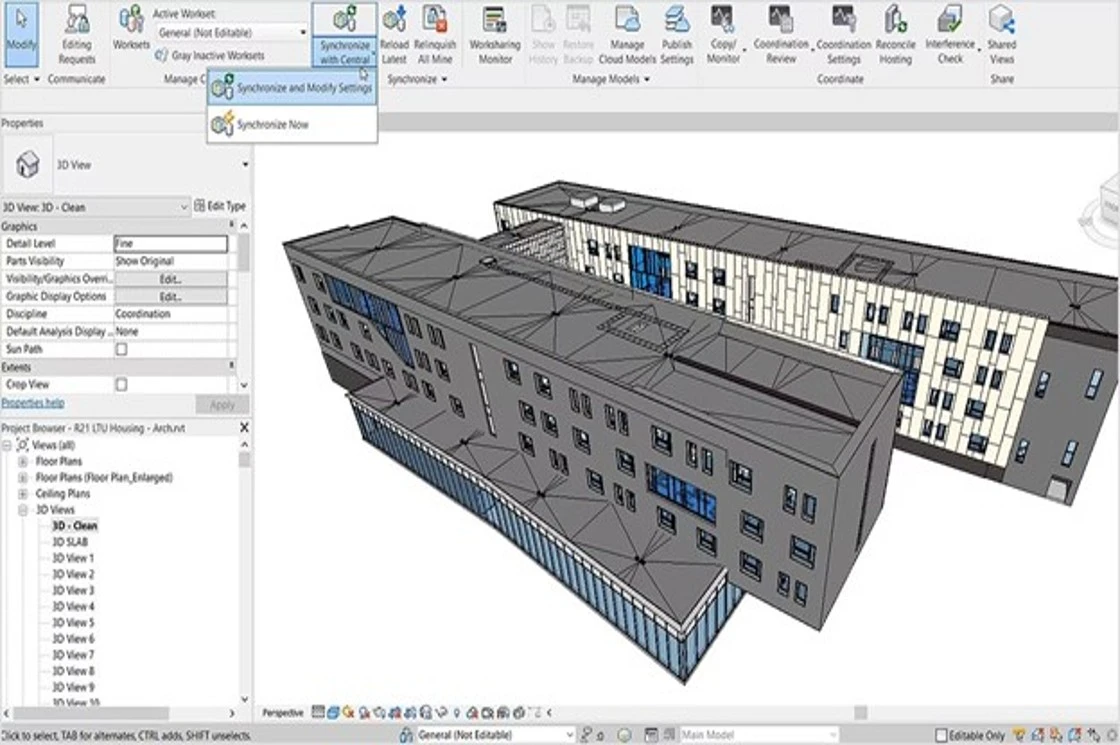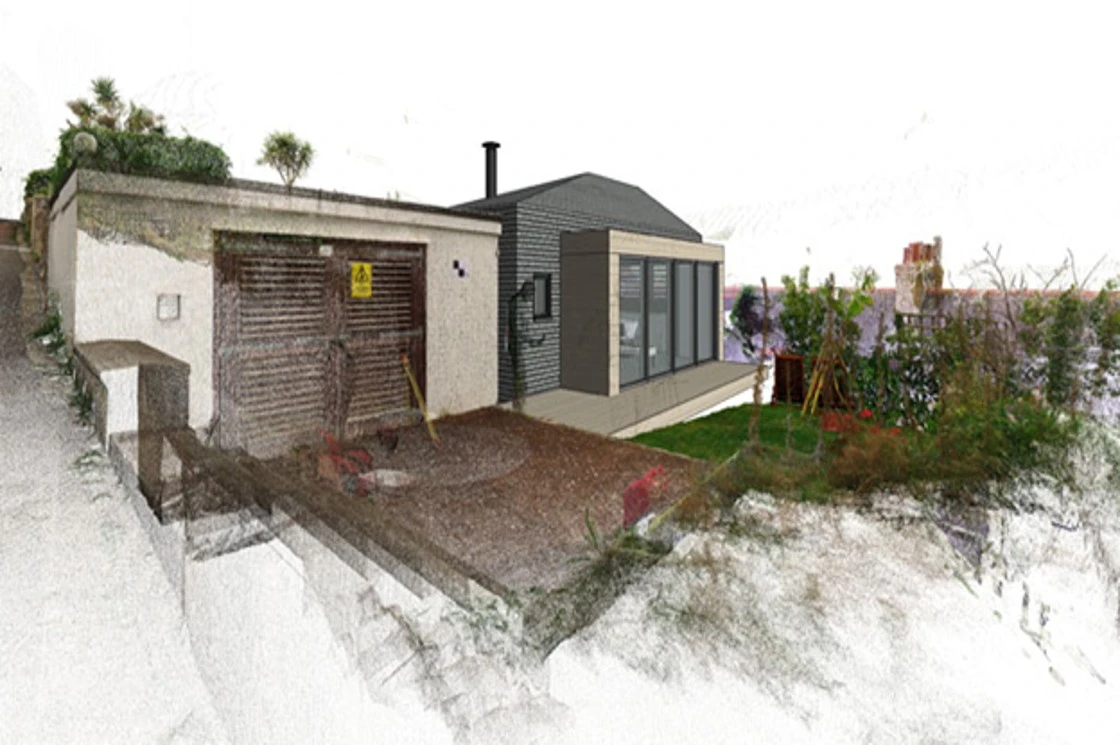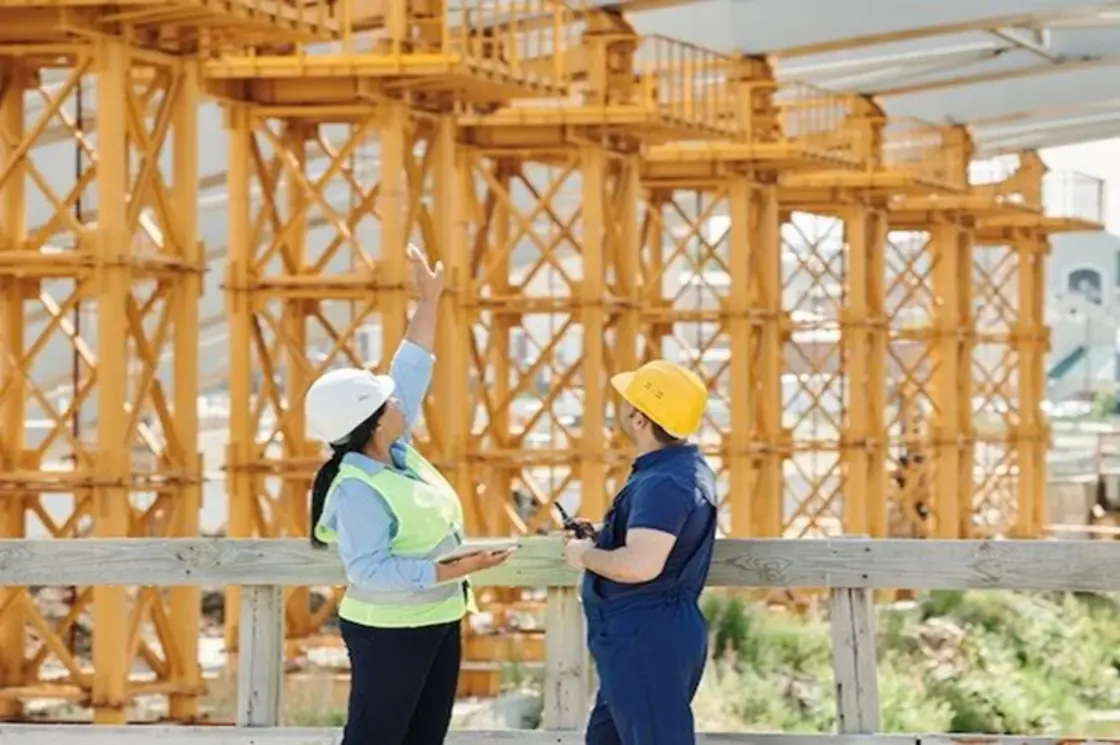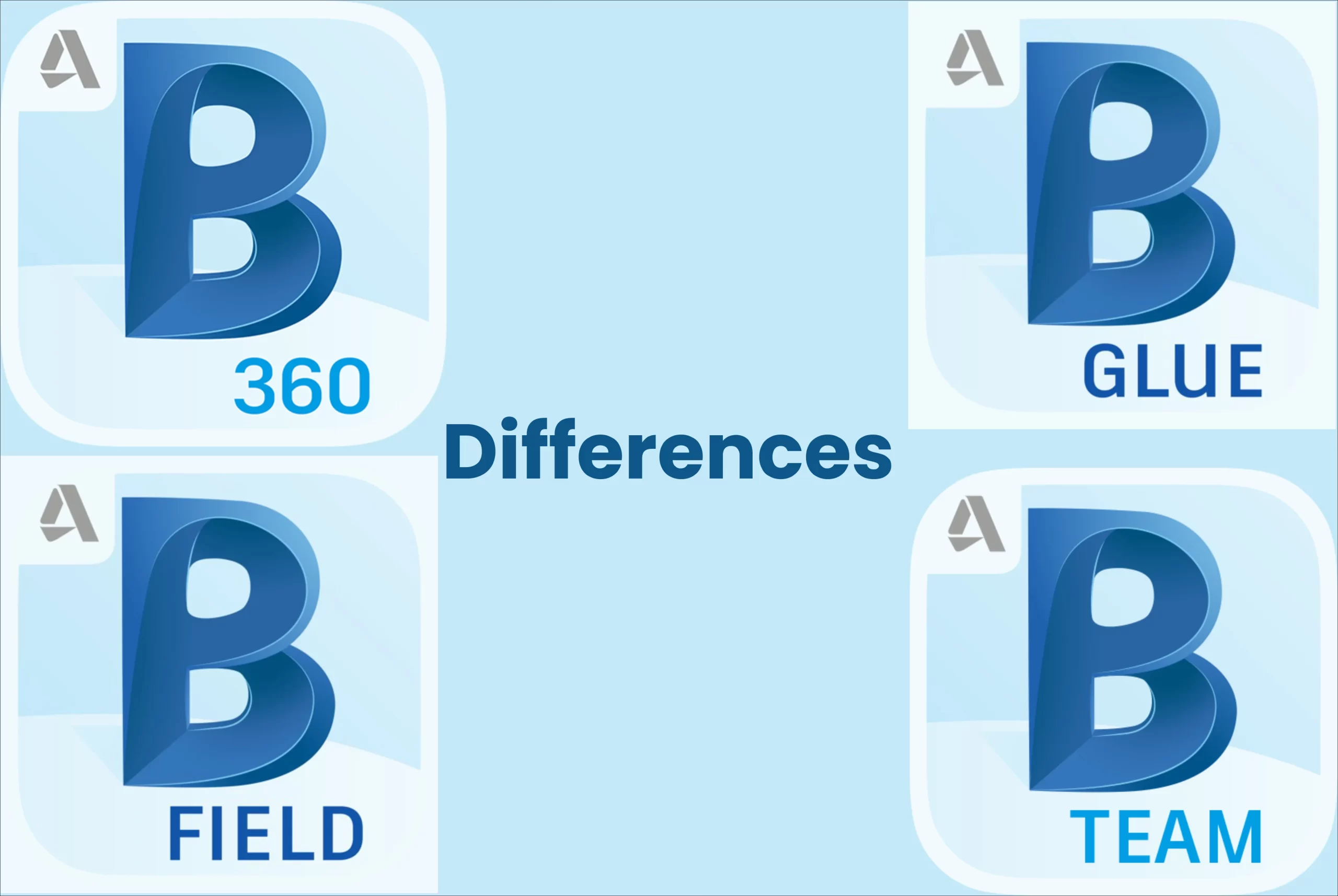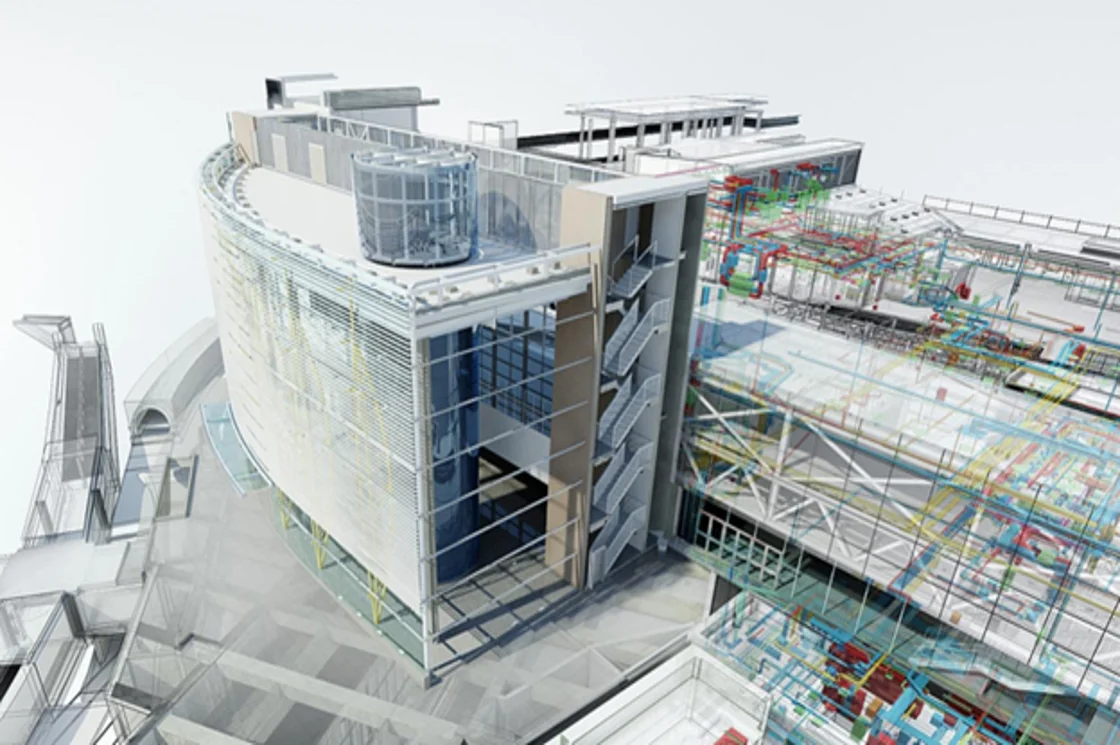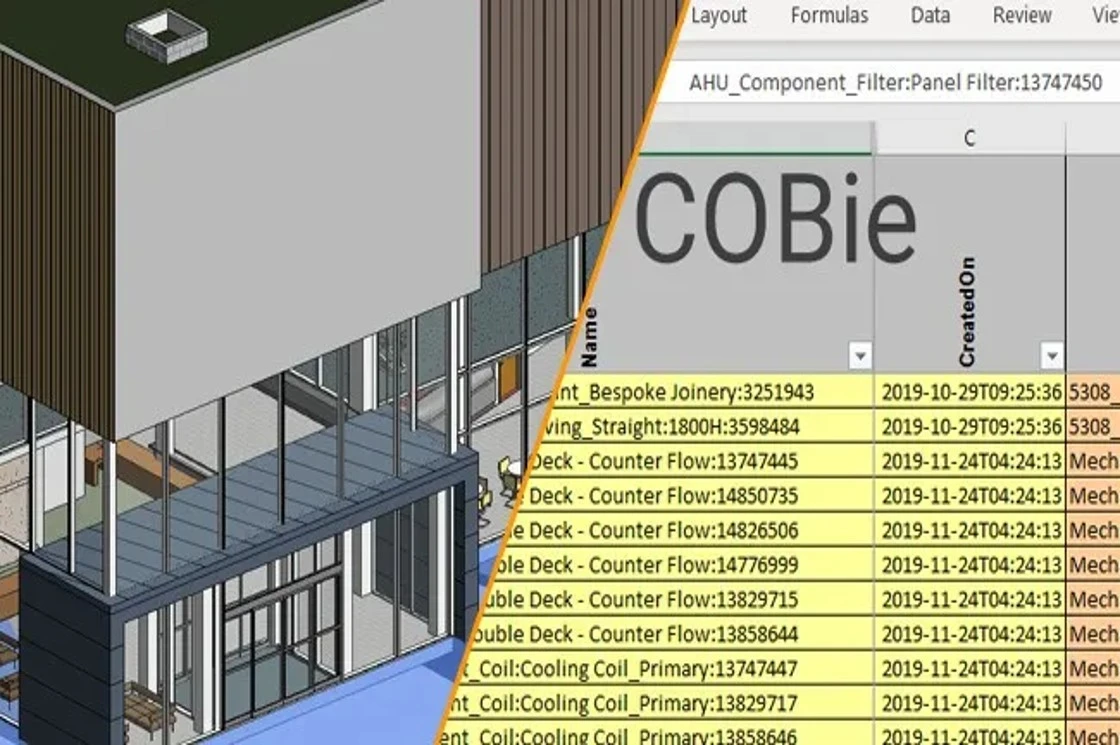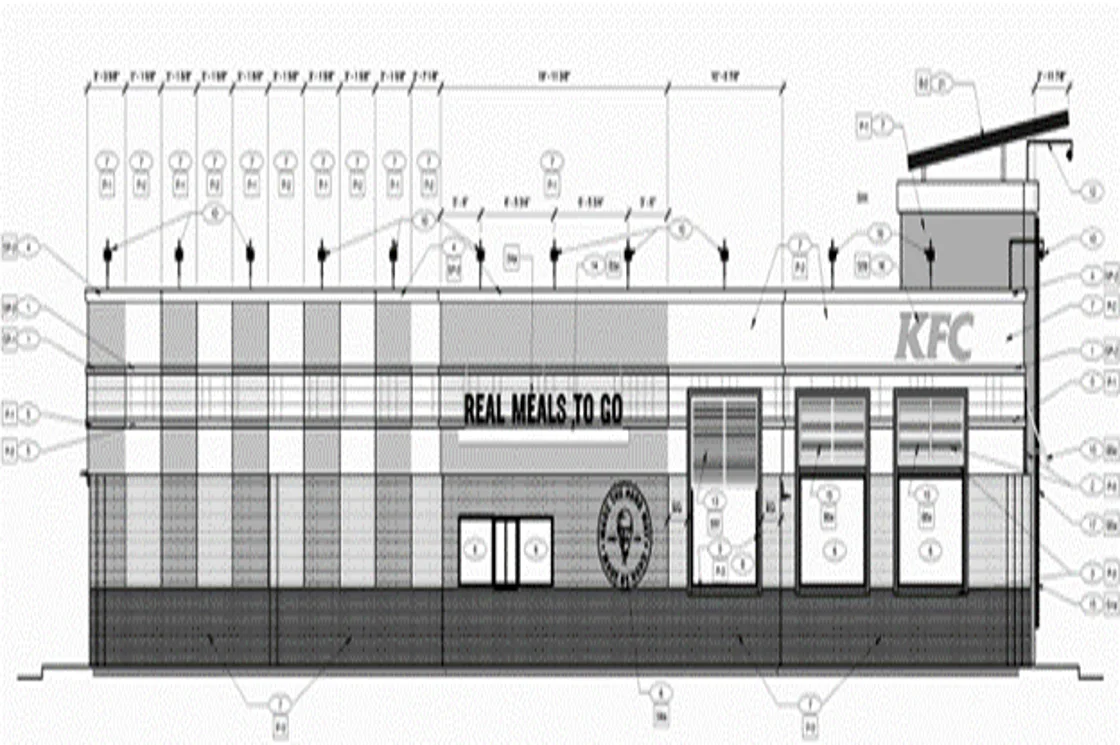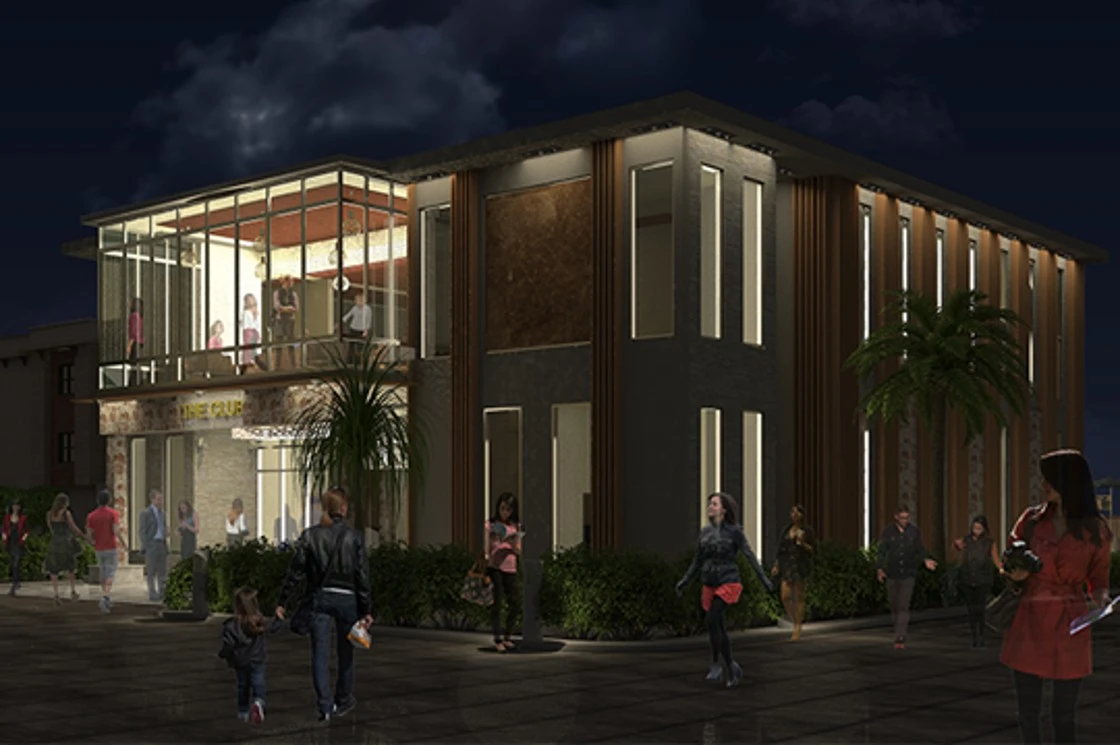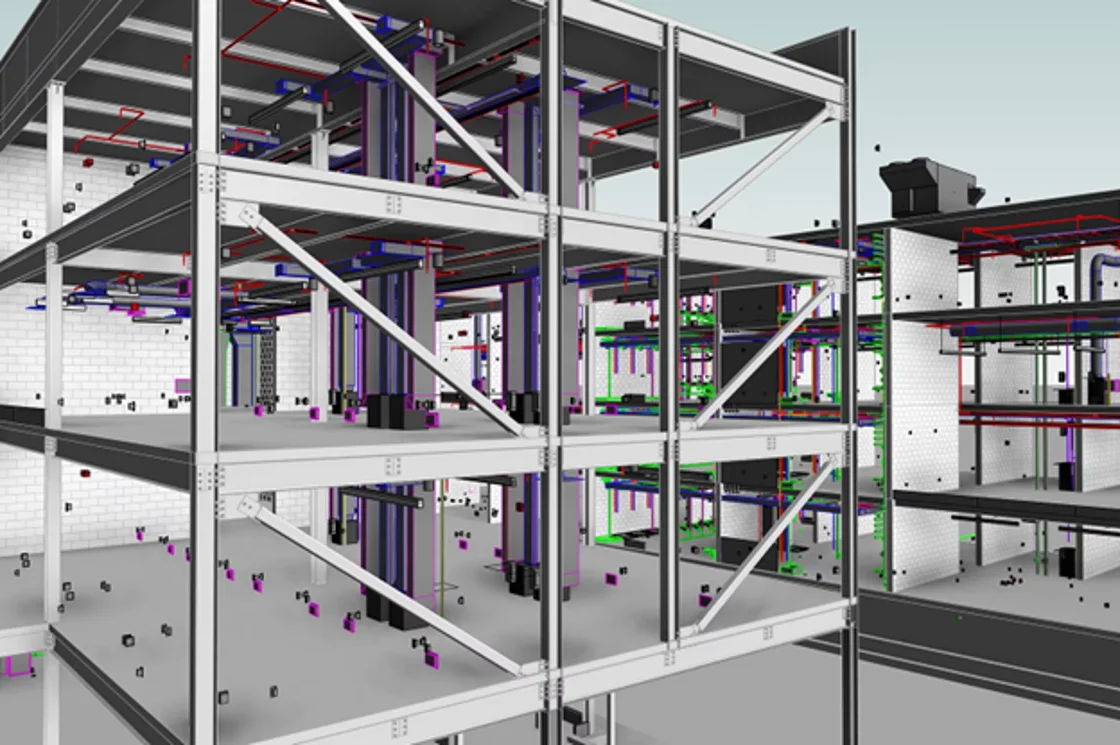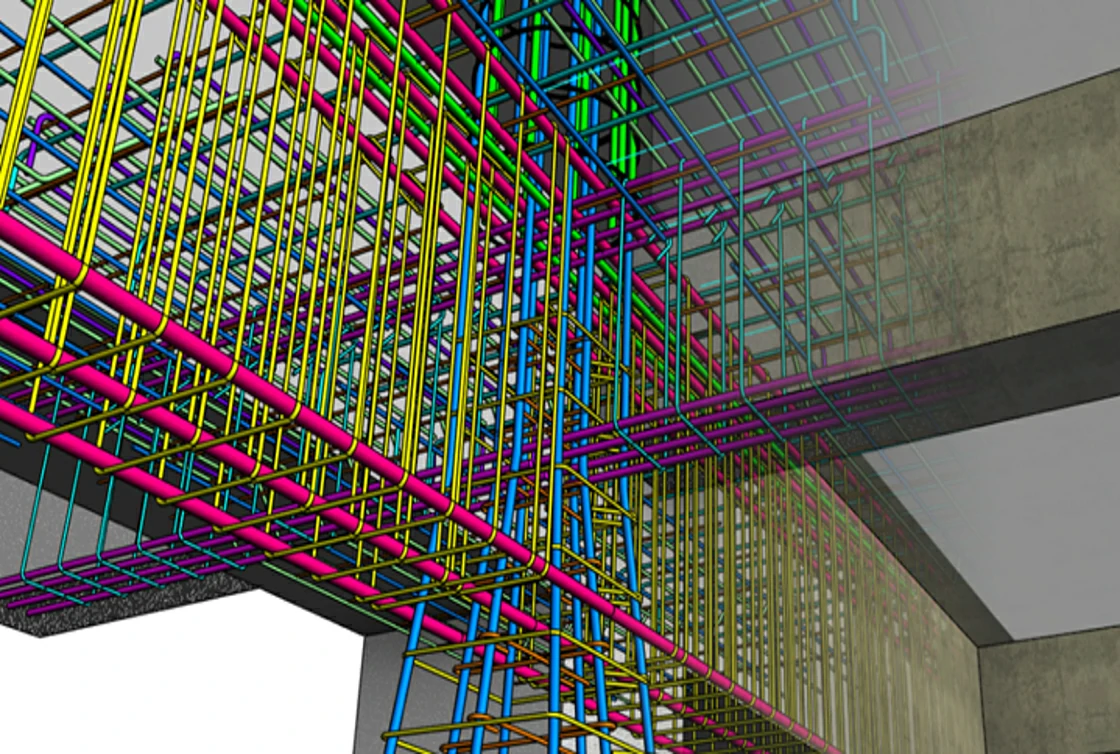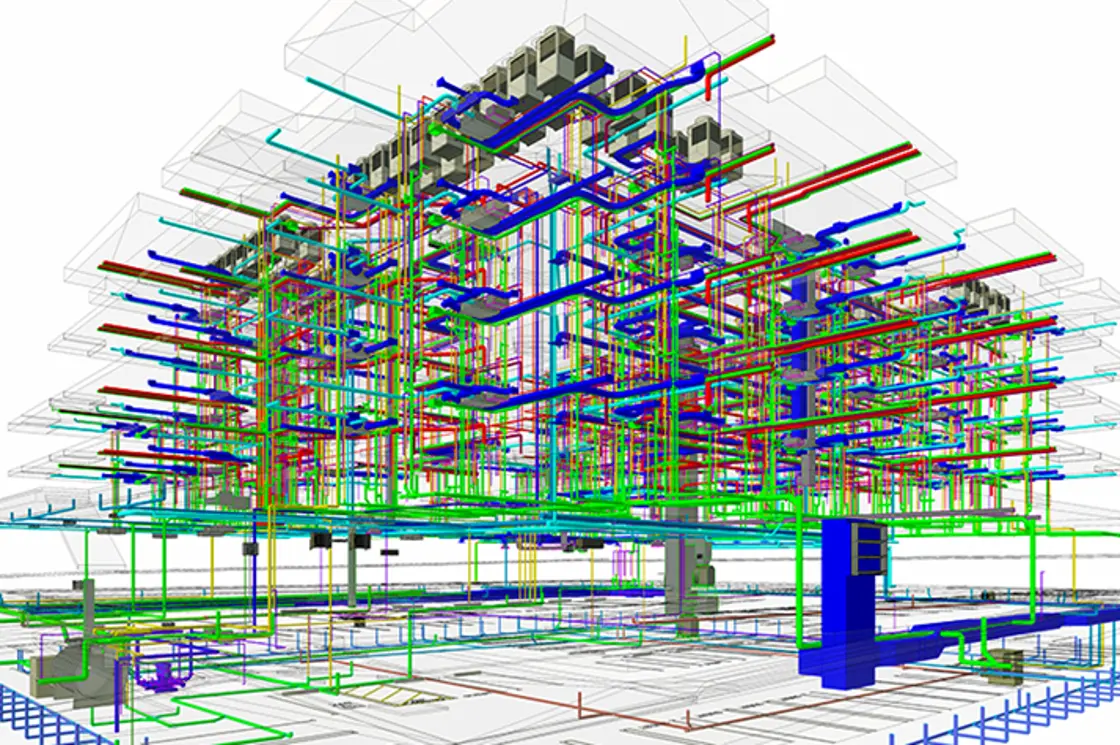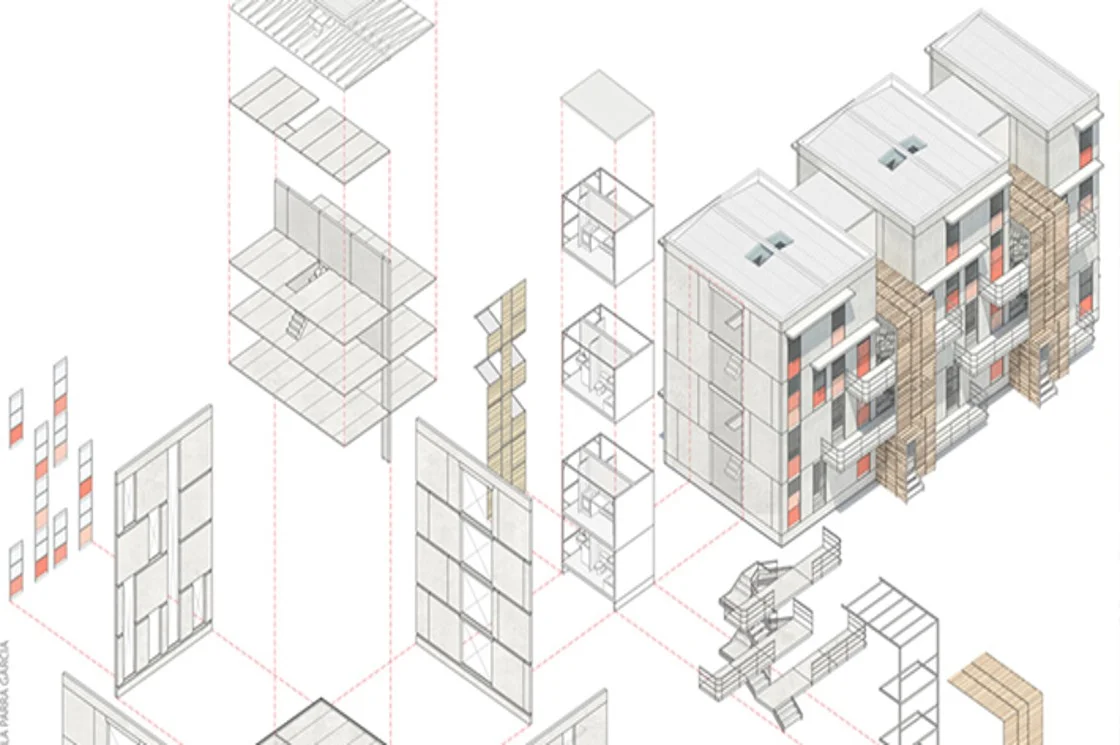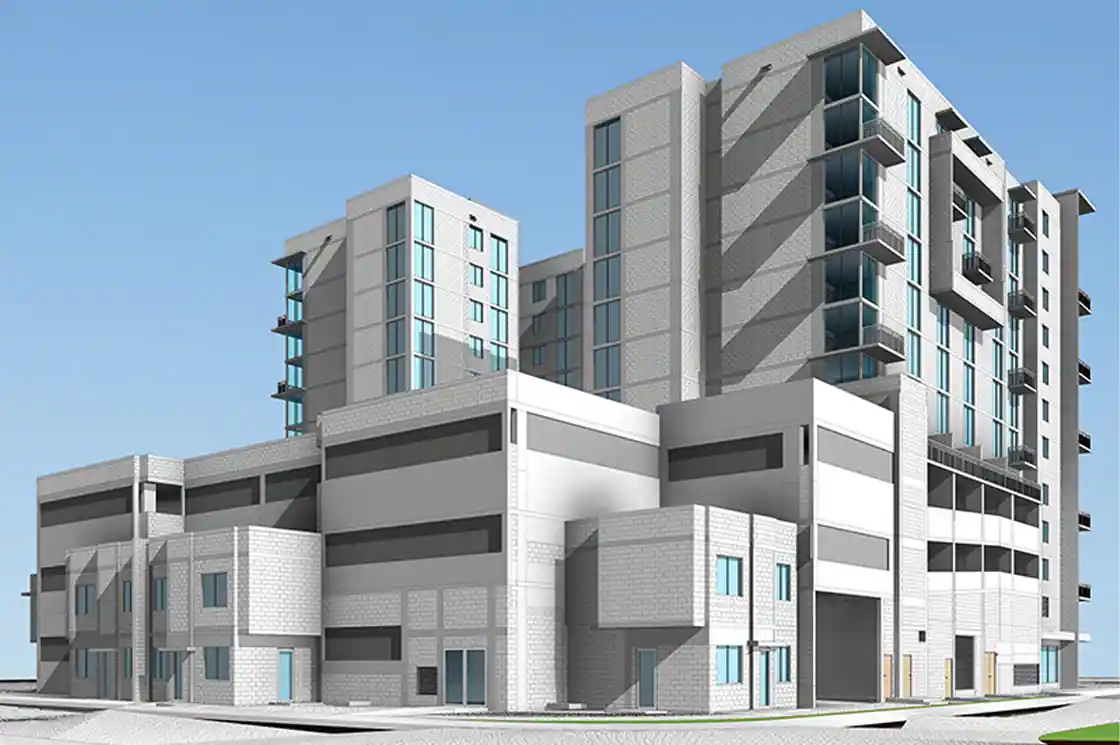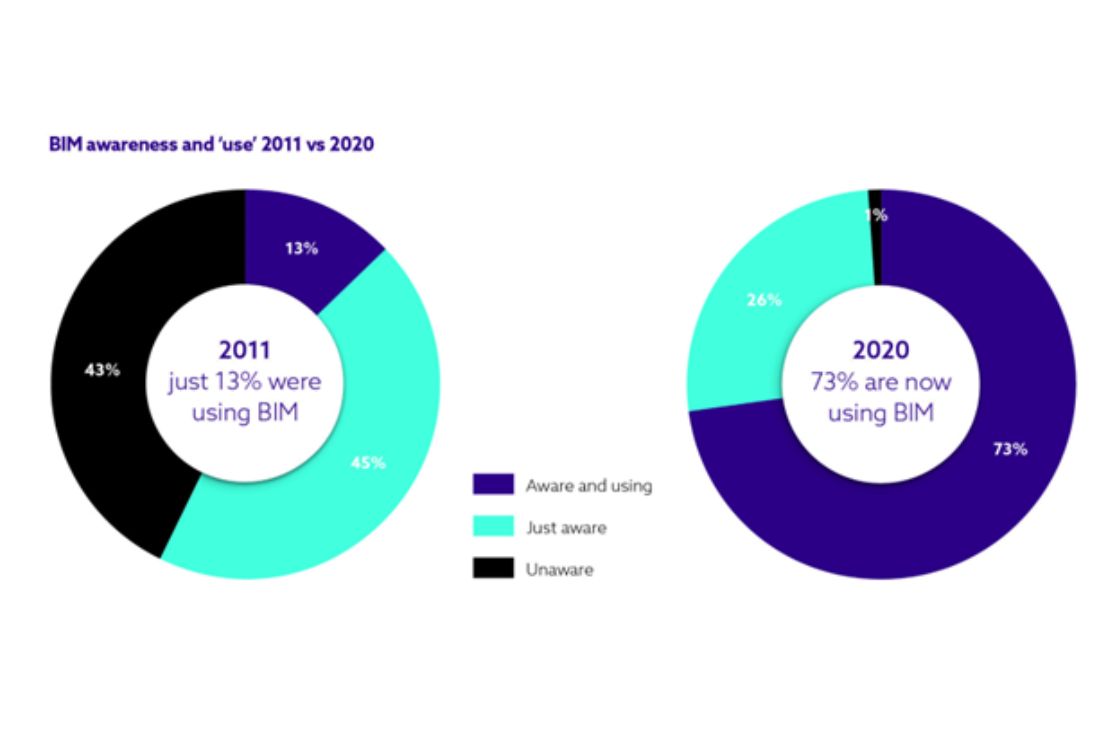Will the AEC Industry Go Entirely Online or Work From Home with BIM?
The pandemic brought the world to a standstill, but it also introduced many new ways of working. We tried this strange phenomenon of “Working from Home” and seems like we liked it. According to a survey by Mckinsey, 58% of the US workforce says they would like to continue working from home, at least part-time.
But is this workflow advisable for the AEC industry? A significant portion of the construction process is on-site work. Would a fully remote, or a hybrid work model suit the industry?
Work from Home and Construction– A Good Combination?
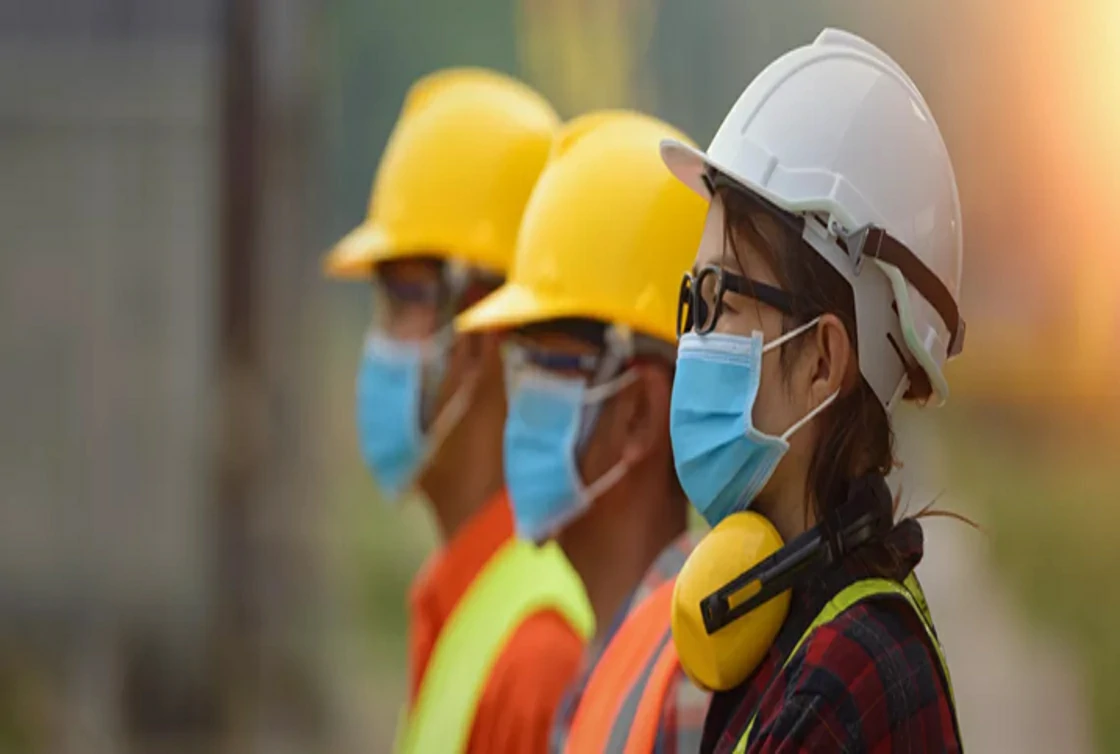
Due to the nature of construction work, The COVID-19 pandemic had a significant impact on the construction industry as many sites were forced to shut down at the start of the pandemic. In fact, the National Association of Home Builders of America reported that 33% of projects were delayed at least by 3 months during the pandemic.
The pandemic engineered the adoption of remote work. A global survey by Architizer revealed that more than 80% of AEC professionals worked remotely during 2020. Tech-first organizations were able to adjust better to the restrictions of the pandemic. At AEODC, we adapted newer tools and workflows to keep the work flowing!
Meanwhile, BIM tools like Autodesk Revit helped the industry transition from offline to online seamlessly to work on tasks like designing, documentation, quality assurance, and quality control.
Remote Working with BIM
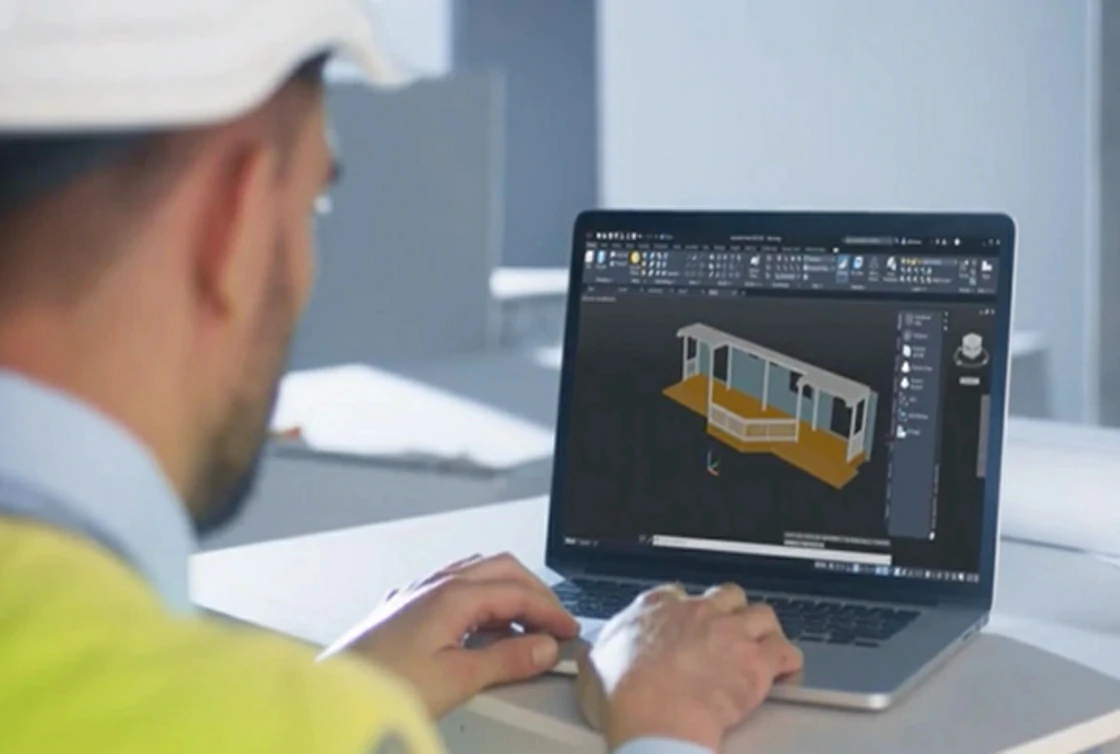
Since the AEC industry has moved towards remote work, BIM has become a valuable tool to facilitate this transition. With a digital workflow, BIM allows professionals to work remotely while still staying closely connected to the project.
Cloud collaboration enables seamless coordination between team members across the globe. Even when team members are physically absent, they can still access the latest project data and collaborate with colleagues in real time.
The shift towards remote work improved productivity and cost savings. But this efficiency was only seen in firms familiar with digital tools such as Revit Architecture Modeling, MEP Modeling, Structural Modeling, and cloud collaboration.
However, effective remote working with BIM requires proper data management and cooperation within the team. Every professional should have a clear idea of their role and responsibilities as a part of the team. Strict protocols for data management and sharing, including regular backups, version control, and clear communication are also crucial.
WFH or Hybrid– What’s Better for the Construction Industry?
The construction industry is an intense blend of on-site and in-office workflows. Although remote working seems to be trending, both within the industry and outside, it is unfair to expect it to switch back to all offline or move completely online. A hybrid work model seems to be the sweet spot– a workflow customized to the nature of the organization and the role of the professional.
To successfully implement the hybrid model in the AEC industry, a good design background, a comprehensive understanding of BIM, and effective project management practices are essential. In order to accomplish a successful work-from-home experience, it is important to have a clear understanding of the tasks and responsibilities involved.
For individuals starting their careers in architecture and design, it may not be appropriate to pursue a work-from-home or hybrid work arrangement until they have developed a comprehensive understanding of design and construction processes. This can help to avoid potential complications and ensure a smooth work experience.
Since the last decade, we at AEODC have pioneered this new phase of the construction industry with tech-first workflows and design solutions tailored for the best results.
Common Queries
1. What is the future of BIM?
The future of BIM includes the digitalization of construction workflows, improved collaboration and integration, increased automation and sustainability, data-driven decision-making, and enhanced visualization through VR/AR.
2. Is BIM a good career?
BIM is a growing field with a demand for skilled professionals in project management, design, and technology. It offers good career opportunities with increasing demand in the future. However, one need to have fair understanding of design and construction practice.
3. Which country is best for BIM jobs?
Demand for BIM professionals varies globally, with strong demand in countries like the US, UK, Canada, Australia, and Europe.



